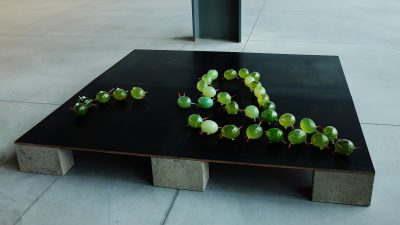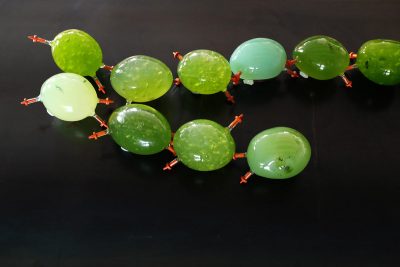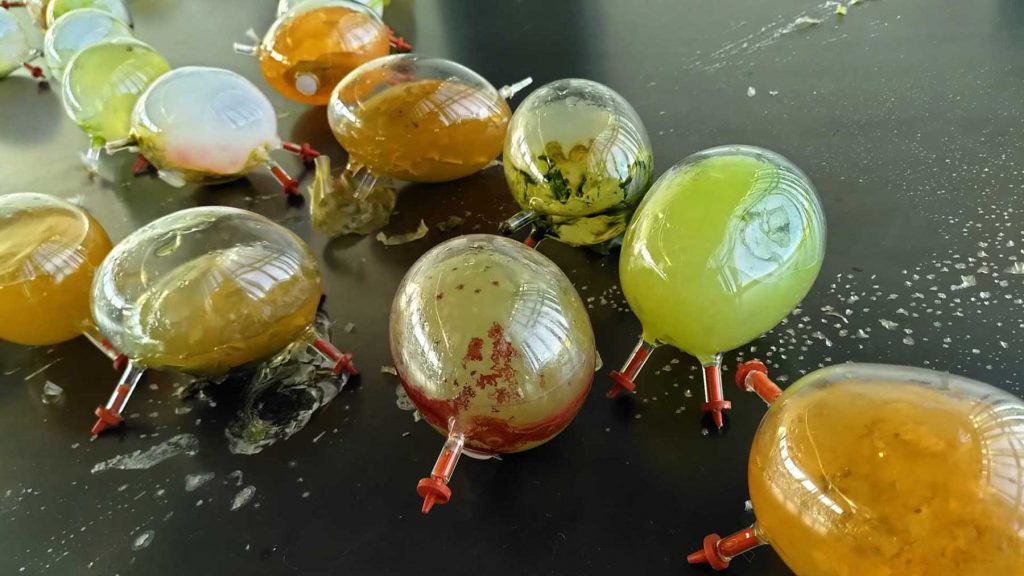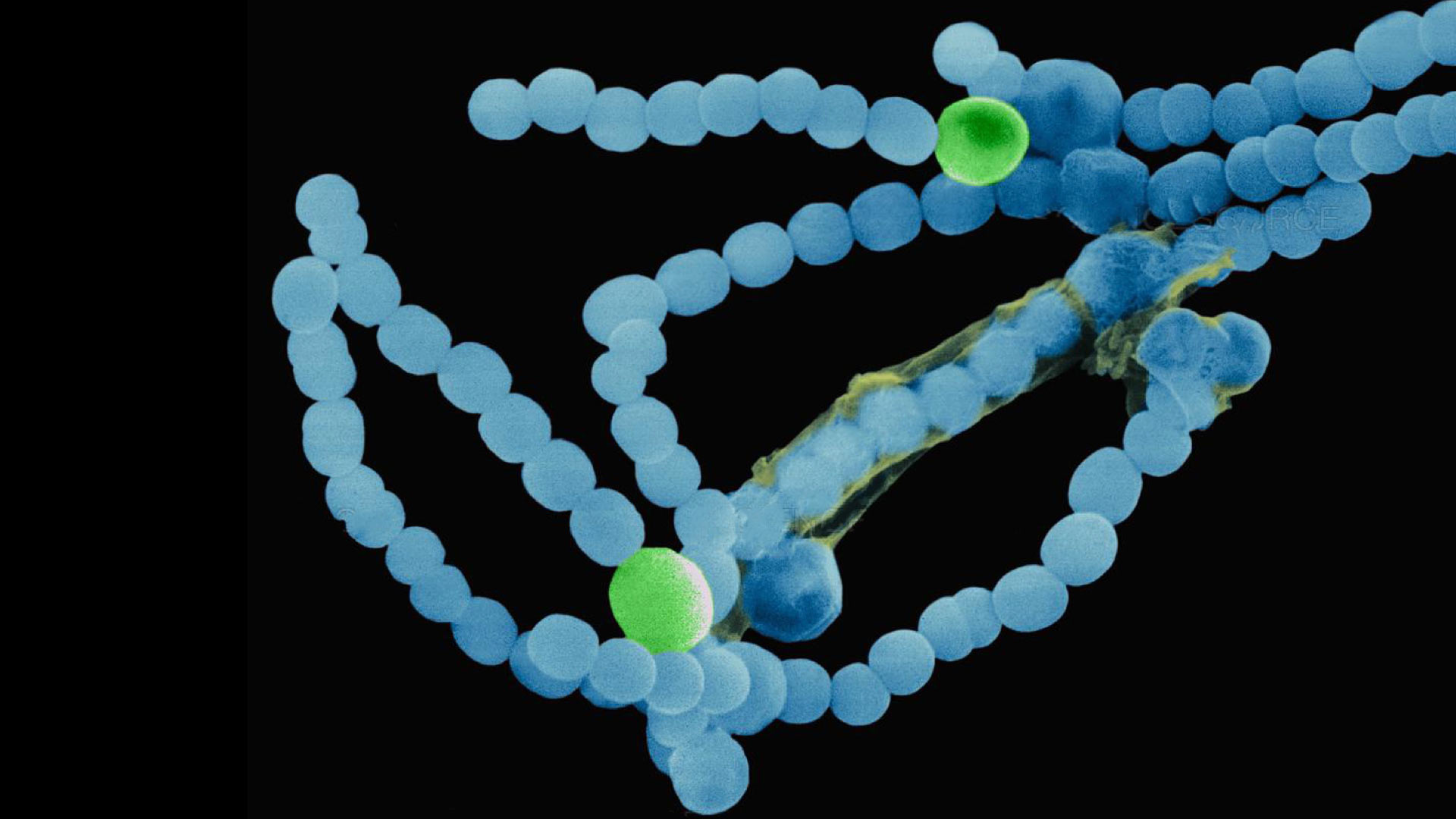Gluon and Cleantech Hub Snowball have joined forces in 2019 to become a Regional STARTS Center. The Regional European centers launch initiatives at the intersection of Science, Technology and Arts to stimulate digital disruptions and more inclusive and sustainable forms of innovation in the industry.
In 2019 the EU launched The New Green Deal as Europe’s ‘man on the moon moment’. An ambitious plan that would make Europe the first climate-neutral continent by 2050.
To achieve this Europe needs to end its reliance on fossil fuels and needs to re-think the use, production and distribution of energy.
The first event on February 6th will bring together the most innovative leaders in their field, including MIT Professor Pattie Maes, entrepreneurs, artists, data scientists, designers and researchers to explore the challenges and dangers related to the future of energy. This with an exciting programme of lectures, workshops and exhibitions.
http://gluon.be/the-new-green-deal-2/
The New Green Deal exhibition is exploring the topic of ‘energy’ in its myriad forms. AnneMarie Maes presents L’Origine du Monde, a living sculpture developed during a STARTS residency at the Hybrid Forms Lab in Amsterdam and with an Innovative Partnership grant at the BioLab Erasmus Hogeschool Brussels.
‘L’origine du monde’ is an artistic representation of research into the possibilities of cyanobacteria and (micro) algae as source for renewable energy and novel biodegradable materials. The installation shows a strongly enlarged bacterial chain made from glass cells. Every cell is filled with cyanobacteria producing realtime photosynthesis. Together they form a complex microbial population that communicates via quorum sensing and reduces CO2 emission whilst producing oxygen and biopolymers.
The Guerrilla Beehive 2.0 (Sensorial Skin)
The speculative project ‘Guerrilla Beehive 2.0′ is researching the possibilities of cyanobacteria for creating a biosensor. The bacteria grow a dense biofilm on the outer shell of the beehive. The bees scan the health of the environment while foraging. When the bees return to their nest and land on the outer shell of the beehive with possible pollution- or pesticide particles transported in their fur, they activate the bacteria in the biofilm. If the pollution is trespassing a specific degree, the bacteria in the biofilm will change color and as such give an alert.





